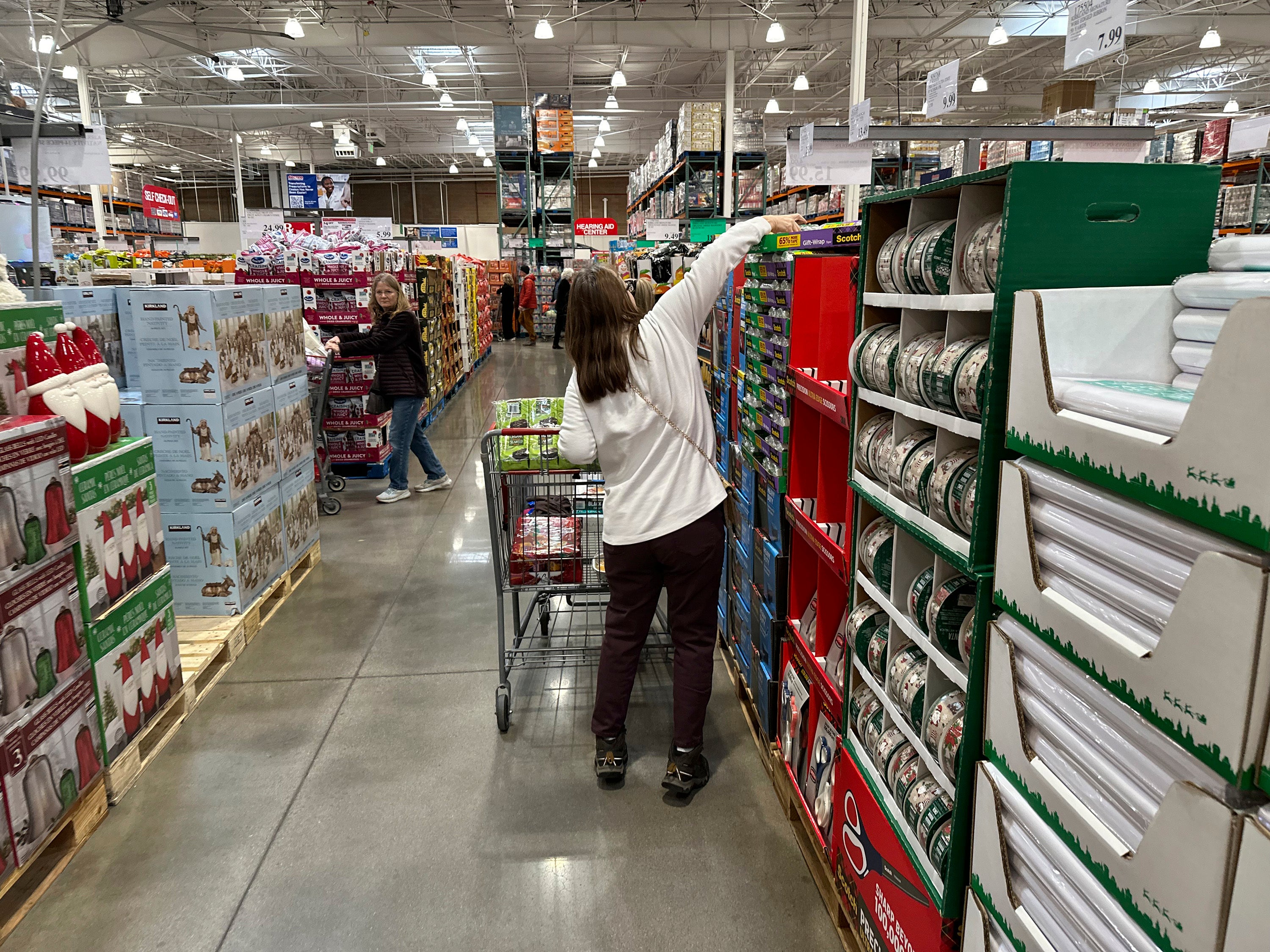Prices are rising again as inflation decreases stall out
Inflation has fallen sharply since mid-2022, but progress has stalled in recent months

Your support helps us to tell the story
From reproductive rights to climate change to Big Tech, The Independent is on the ground when the story is developing. Whether it's investigating the financials of Elon Musk's pro-Trump PAC or producing our latest documentary, 'The A Word', which shines a light on the American women fighting for reproductive rights, we know how important it is to parse out the facts from the messaging.
At such a critical moment in US history, we need reporters on the ground. Your donation allows us to keep sending journalists to speak to both sides of the story.
The Independent is trusted by Americans across the entire political spectrum. And unlike many other quality news outlets, we choose not to lock Americans out of our reporting and analysis with paywalls. We believe quality journalism should be available to everyone, paid for by those who can afford it.
Your support makes all the difference.Consumer price increases accelerated last month, the latest sign that inflation's steady decline over the past two years has stalled in recent months.
According to the Federal Reserve’s preferred inflation gauge, consumer prices rose 2.3% in October from a year earlier, the Commerce Department said Wednesday. That is up from just 2.1% in September, though it is still only modestly above the Fed's 2% target.
Yet excluding the volatile food and energy categories, so-called "core" prices also picked up, climbing 2.8% last month from a year earlier, up from 2.7% in September, according to Commerce's personal consumption expenditures price index. Economists closely watch core prices because they typically provide a better read on where inflation is headed.
Inflation has fallen sharply since it peaked at 7% in mid-2022, according to the Fed's preferred measure. Yet yearly core inflation has fluctuated between 2.6% and 2.8% since February. Price increases have remained elevated in services, including apartment rents, restaurant meals, and car and home insurance.
The elevated reading could make the Federal Reserve less likely to cut its key rate at the next meeting in December. Next month's inflation data, some of which will be issued a week before the meeting, may play a key role in the Fed's decision.
"This report will likely provide further ammo to Fed officials who prefer to lower rates gradually," Omair Sharif, chief economist at Inflation Insights, wrote in a client note, "and may strengthen the argument for a pause at the December FOMC meeting."

Many economists, however, expect that the Fed will reduce its rate by a quarter-point in December, then delay further cuts while gauging the impact of the reductions they've made so far.
"The momentum in inflation toward the Fed's 2% target has sputtered recently but not enough, in our view, to prevent the Fed from cutting interest rates in December," Ryan Sweet, chief U.S. economist at Oxford Economics, wrote in a client note.
Last month, grocery prices barely rose and gas costs fell, providing some relief to household budgets. Prices at the pump have continued to decline since October, reaching a nationwide average of $3.07 a gallon Wednesday, down six cents from a month earlier, according to AAA.
Used car and truck prices, however, shot up 2.8% from September to October, though they are still 5% lower than a year ago. Air fares jumped 1.5% just last month and have risen 5.1% from a year earlier, while hotel room prices rose 0.5% from September to October. Restaurant prices moved up 0.3% in October and 3.6% from a year earlier. All the yearly increases are higher than they were pre-pandemic.
Wednesday's report also underscored that Americans' incomes and spending remained healthy, a key reason the economy has kept growing this year despite widespread fears of a slowdown. Incomes grew 0.6% from September to October, faster than economists had expected, while consumer spending rose by a solid 0.4% last month.
President-elect Donald Trump's victory could also slow Fed rate cuts. His proposals to cut taxes and reduce government regulation could spur faster growth, but could also overheat the economy and lift inflation. And his threats to impose widespread tariffs, if carried out, would likely push up prices.
The Fed had signaled it would cut rates four times next year, but financial markets now expect just two reductions.
Join our commenting forum
Join thought-provoking conversations, follow other Independent readers and see their replies
0Comments